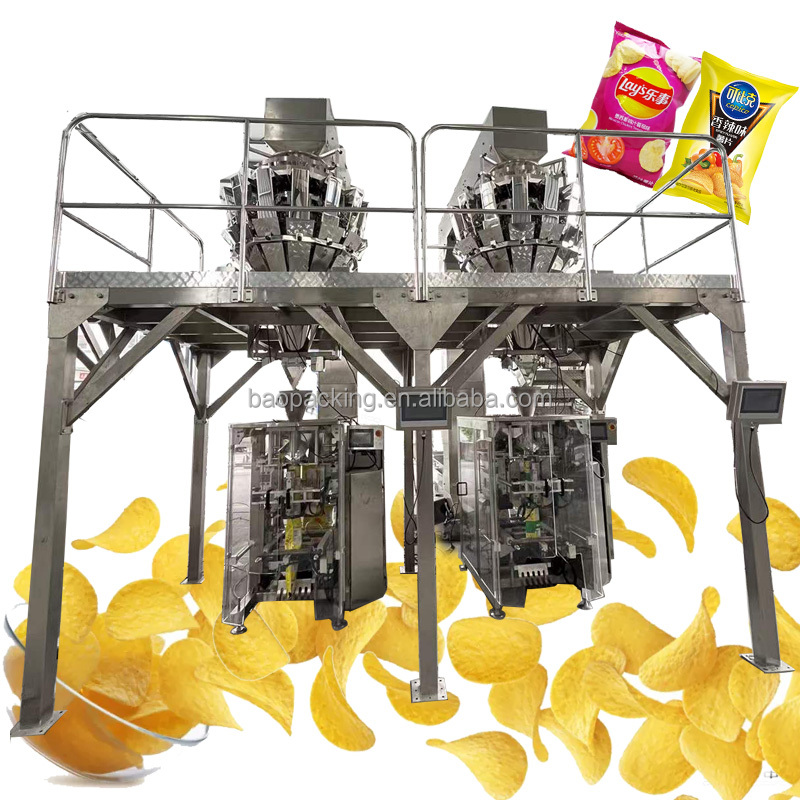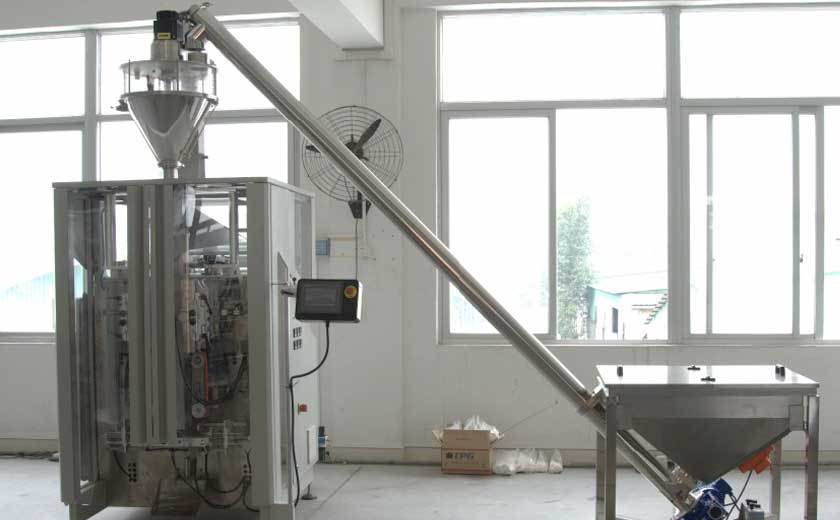Revolutionizing Manufacturing Processes with Automated Weighing and Filling Machines
The Impact of Automated Weighing and Filling Machines on Modern Industry
In recent years, the integration of advanced technology in manufacturing processes has become increasingly prevalent. One area where this technological revolution has had a significant impact is in the realm of weighing and filling machines. These automated systems have transformed the way products are packaged, allowing for greater efficiency, precision, and cost-effectiveness.
Traditionally, weighing and filling tasks were manual processes that were not only time-consuming but also prone to errors. With the introduction of automated weighing and filling machines, manufacturers have been able to streamline their production lines, leading to improved throughput and reduced downtime. These machines are equipped with sensors and software that allow them to accurately measure and dispense precise amounts of materials, ensuring consistency in product quality.
One of the key advantages of automated weighing and filling machines is their versatility. These systems can be easily reconfigured to accommodate different types of products and packaging formats, making them ideal for a wide range of industries. Whether it’s food and beverage, pharmaceuticals, chemicals, or cosmetics, automated weighing and filling machines offer a scalable solution that can meet the specific needs of each sector.
Enhancing Efficiency and Accuracy
With manual weighing and filling processes, there is always the risk of human error, which can result in costly mistakes and product wastage. Automated systems eliminate this risk by providing precise measurements and reducing the likelihood of overfilling or underfilling containers. This not only helps to minimize product loss but also ensures compliance with weight regulations and standards.
Furthermore, automated weighing and filling machines are equipped with advanced control systems that allow for real-time monitoring and adjustment of production parameters. This level of control enables manufacturers to optimize their processes for maximum efficiency, reducing cycle times and increasing overall output. By leveraging data analytics and machine learning algorithms, manufacturers can gain valuable insights into their production operations, enabling them to make informed decisions that drive continuous improvement.
Adapting to Industry 4.0
As the manufacturing industry continues to embrace the principles of Industry 4.0, the adoption of automated weighing and filling machines has become imperative for companies looking to stay competitive in the digital age. These machines are IoT-enabled, allowing for connectivity with other smart devices and systems on the factory floor. This interconnectedness facilitates the exchange of data and insights, enabling a more collaborative and responsive manufacturing environment.
Additionally, automated weighing and filling machines support the implementation of predictive maintenance strategies, which help to preemptively identify and address potential issues before they lead to costly breakdowns. By leveraging predictive analytics and remote monitoring capabilities, manufacturers can ensure the continuous operation of their machines, minimizing unplanned downtime and maximizing productivity.
The Future of Manufacturing
As we look to the future, the role of automated weighing and filling machines in manufacturing is only set to grow. With advancements in artificial intelligence, robotics, and automation, these machines will become even more sophisticated and intelligent, paving the way for fully autonomous production lines. By embracing these technological innovations, manufacturers can revolutionize their processes, driving greater efficiency, quality, and sustainability.
In conclusion, automated weighing and filling machines are not just tools for improving operational efficiency; they are catalysts for innovation and transformation in the manufacturing industry. By investing in these cutting-edge solutions, companies can position themselves for long-term success in a rapidly evolving market landscape.
-

Overview of Packaging Machine Buying Guides
08-01-2024 -

How Does a Vertical Form Fill Seal Machine Work?
30-10-2023 -

Advancements in Auger Powder Filling Technology
27-10-2023 -

A Deep Dive into Automatic Packaging Machines
26-10-2023 -

The Revolutionary Fully Automatic Potato Chips Packaging Machine
20-09-2023 -

How to choose the right packaging machine?
23-08-2023 -

Reducing Waste And Maximizing Yield With Multihead Weigher Machines
15-03-2023 -

Nuts Packaging Machine for Dry Products Perservation
26-11-2022 -

Is Automated Biscuit Packaging Machine Better Than Manual Opeartion?
25-11-2022





